In today’s data-driven world, data breaches are one of the most significant threats facing organizations, with the financial impact varying widely across industries. The cost of a data breach is often determined by the nature of the data involved and the regulatory landscape governing the industry. Sectors like healthcare and financial services, which handle highly sensitive data such as personal health information (PHI) and personally identifiable information (PII), face some of the highest costs due to stringent regulations like HIPAA, GLBA, and GDPR. The 2024 IBM Cost of a Data Breach Report covers data breach statistics with respect to cost and shows that the average cost of a data breach is $4.88M, a 10% increase over last year and the highest total ever.
This data breach statistics guide explores the financial consequences of breaches across different industries, focusing on the regulatory frameworks that drive up costs. We analyze how industries like healthcare, finance, and technology face varying risks, with penalties under regulations like GDPR, CCPA, and PCI DSS pushing breach costs even higher. Additionally, the guide outlines best practices for reducing these costs through strategies like data masking
The Urgent Shift in Data Protection
Data protection regulations are tightening, and businesses that don’t keep up are at serious risk. Governments worldwide are clamping down, making it clear that securing sensitive data is no longer just a best practice—it’s a necessity. If your organization isn’t compliant, the consequences could be devastating.
GDPR: Emerging Global Standard?
Since its introduction, GDPR has set the bar globally. With penalties reaching up to €20 million or 4% of annual revenue, even large multinational corporations can feel the pressure of GDPR fines. What’s more, GDPR applies to any company handling data from EU citizens, regardless of where the organization operates. As many countries, such as the United States await rigorous federal standards, GDPR is reshaping the way organizations view data privacy, making compliance a must-have for any global operation.
CCPA and PIPEDA: Local Laws with Global Impact
In North America, CCPA in California and PIPEDA in Canada are two of the most influential data privacy and protection standards. CCPA gives Californians the power to know how their data is used and sues companies for violations. Here are some real-world examples of privacy enforcement and the financial impact of non-compliance under the CCPA, handled by the California Attorney General’s office. Similarly, PIPEDA mandates breach reporting across Canada with fines of up to CAD 100,000.
It’s clear—data protection is no longer regionally confined. You must think globally to protect your brand.
Navigating Complex Compliance: A Business Reality
The challenge isn’t just following one regulation but managing many. Financial services companies, for example, juggle GLBA, PCI DSS, and GDPR—each with its own rules and penalties. Failure to comply with one can lead to regulatory action across the board. The stakes? Financial loss, reputational damage, and operational chaos.
Industry-Specific Penalties: The Cost of Compliance Failure
When it comes to data breaches, the cost of non-compliance varies drastically across industries. Each sector deals with different types of sensitive data and, as a result, is governed by a unique set of regulatory standards. Failing to meet these requirements doesn’t just result in financial penalties—it can severely damage a company’s reputation and long-term viability.
1. Healthcare Industry: The Highest Breach Costs
The healthcare industry faces the highest data breach costs, averaging $10.93 million. The sensitivity of personal health information (PHI), regulated under HIPAA and PHIPA, imposes strict data protection requirements. Penalties include fines of up to $1.5 million per year under HIPAA, and up to C$1 million under PHIPA. GDPR further amplifies the stakes for organizations operating in Europe, with fines as high as €20 million or 4% of global turnover.
2. Financial Services Industry: Navigating Multiple Regulations
In the financial services sector, the average breach cost is $5.97 million, heavily influenced by overlapping regulations such as GLBA, PCI DSS, SOX, and NYDFS. Breaches can result in fines of up to $100,000 per violation under GLBA and $5,000 to $100,000 per month under PCI DSS. SOX brings criminal penalties, including up to 20 years of imprisonment for executives. Meanwhile, NYDFS mandates strict cybersecurity rules, while GDPR and CCPA add further penalties, up to €20 million and $7,500 per violation, respectively.
3. Pharmaceutical Industry: Protecting Intellectual Property
The pharmaceutical industry, with breach costs averaging $5.04 million, faces heavy penalties due to the value of intellectual property (IP) and patient data. GDPR imposes fines of up to €20 million, while CCPA fines can reach $7,500 per violation for breaches involving Californian residents. Additionally, compliance with FDA 21 CFR Part 11 is critical, with non-compliance potentially leading to injunctions or product recalls.
4. Technology Industry: The Regulatory Minefield
Technology companies experience breach costs of $4.51 million on average, with penalties enforced under regulations such as GDPR, CCPA, and COPPA. GDPR fines can reach €20 million or 4% of global turnover, while CCPA fines top out at $7,500 per violation. Companies dealing with children’s data must comply with COPPA, which imposes fines of up to $43,280 per violation. Adherence to NIST cybersecurity guidelines is also crucial, especially for companies handling government contracts.
5. Retail Industry: Handling Payment Data
Retailers, with breach costs averaging $3.28 million, are heavily regulated by PCI DSS, which sets stringent requirements for handling payment card data. Non-compliance can result in fines ranging from $5,000 to $100,000 per month. Retailers also face penalties under GDPR (up to €20 million) and CCPA (up to $7,500 per violation), alongside regulations like the FTC Act and California’s “Shine the Light” law.
6. Energy Industry: Protecting Critical Infrastructure
The energy sector faces average breach costs of $3.79 million and is subject to multiple regulations, including GDPR (fines of up to €20 million), CCPA (up to $7,500 per violation), and NERC CIP, which mandates security standards for critical infrastructure and can impose fines of up to $1 million per day for violations.
7. Transportation Industry: Securing Operational Data
In the transportation sector, data breaches average $3.77 million. Companies must comply with GDPR (fines up to €20 million) and CCPA (up to $7,500 per violation). In the U.S., DOT regulations impose penalties based on the severity of breaches, while the EU NIS Directive mandates strict cybersecurity requirements for critical infrastructure.
8. Media Industry: Safeguarding Personal and Children’s Data
The media industry sees average breach costs of $3.69 million, governed by regulations such as GDPR, which can impose fines of up to €20 million, and CCPA, with fines of $7,500 per violation. For companies handling children’s data, COPPA imposes fines of up to $43,280 per violation, and the ePrivacy Directive governs privacy and electronic communications within the EU.
9. Hospitality Industry: Securing Payment and Guest Data
In the hospitality sector, with breach costs averaging $3.41 million, compliance with PCI DSS is critical due to the handling of payment card information, with fines ranging from $5,000 to $100,000 per month. Additionally, GDPR fines can reach up to €20 million, and CCPA imposes penalties of up to $7,500 per violation, while hotel-specific data breach laws vary by state.
10. Education Industry: Protecting Student Data
Educational institutions, with an average breach cost of $3.25 million, are regulated by FERPA, which imposes fines of up to $1,000 per violation. Schools must also comply with GDPR and CCPA, which can result in fines of up to €20 million and $7,500 per violation, respectively. For children’s data, COPPA imposes additional fines.
11. Public Sector: Navigating Government Regulations
Public sector organizations face breach costs of $2.99 million on average. Compliance is required under GDPR (fines up to €20 million), CCPA (up to $7,500 per violation), and FISMA, which mandates strict data protection for federal contractors. Non-compliance with FISMA can lead to the loss of federal contracts, making adherence to NIST guidelines essential for cybersecurity measures.
The Multi-Jurisdictional Compliance Challenge
The complexity of today’s regulatory landscape extends far beyond single-region compliance. While regulations like GDPR apply across all EU member states, other industries face a blend of overlapping compliance frameworks, especially when operating across multiple jurisdictions. For example, financial institutions working within New York state must adhere to NYDFS cybersecurity rules in addition to GLBA and PCI DSS. Similarly, organizations contracting with the U.S. government must comply with FISMA and NIST cybersecurity guidelines. The presence of these various frameworks across different states, countries, and sectors increases the challenge of ensuring comprehensive, synchronized compliance, pushing businesses to adopt more sophisticated solutions to secure data and meet requirements.
What makes this environment particularly challenging is that regulations often overlap but differ in nuances. SOX, for instance, enforces strict financial reporting and record-keeping requirements, while GDPR emphasizes personal data protection, regardless of sector. Companies operating across multiple regions must therefore develop integrated compliance strategies that meet these unique, often conflicting, regulations.
Protect Data Without Slowing Down Business Operations
As businesses face increasing regulatory demands, protecting sensitive data is no longer an option—it’s essential. But compliance shouldn’t come at the cost of efficiency. Organizations need solutions that safeguard data while allowing teams to continue critical tasks like development, testing, and analytics.
Data masking is the answer. It enables businesses to comply with regulations such as GDPR, HIPAA, and PCI DSS by anonymizing sensitive information without disrupting its usability. Unlike encryption, which can limit data access, masked data retains its form and functionality. This means your teams can continue working with realistic datasets in non-production environments—without the risk of exposing private information.
Incorporating data masking alongside encryption and Privileged Access Management (PAM) ensures compliance while keeping operations running smoothly. This integrated approach helps businesses avoid regulatory penalties, protect customer data, and stay focused on innovation.
Key Takeaways for Organizations
By understanding the nature of the data you handle—whether it’s sensitive personal information like PHI, financial data, or consumer details—organizations can tailor their security strategies more effectively. Each type of data requires its own level of protection, and this should influence which tools you prioritize.
- Data Masking for Compliance: Implement data masking to anonymize sensitive information during testing, development, and production. Deploying automation and using a software like ADM ensures that data is compliant and secure, while also being usable for various business applications like – development, testing, QA and analytics
- Encryption for Data Security: Use encryption to protect sensitive data at rest and in transit. Strong encryption helps meet compliance with regulations such as PCI DSS and GDPR, reducing the risk of breaches.
- Privileged Access Management (PAM):Deploy PAM solutions to secure privileged accounts and mitigate insider threats. Enhanced access controls protect critical systems, helping ensure compliance with frameworks like SOX and FISMA.
- Multi-Jurisdictional Compliance: Navigating regulations like GDPR, NYDFS, and FISMA requires integrated compliance strategies. Stay proactive with audits and monitoring to reduce risks and meet global regulatory demands.
There’s no one-size-fits-all solution. Effective data protection requires knowing the types of data you manage and aligning your security strategy with the specific risks and regulatory requirements tied to that data.


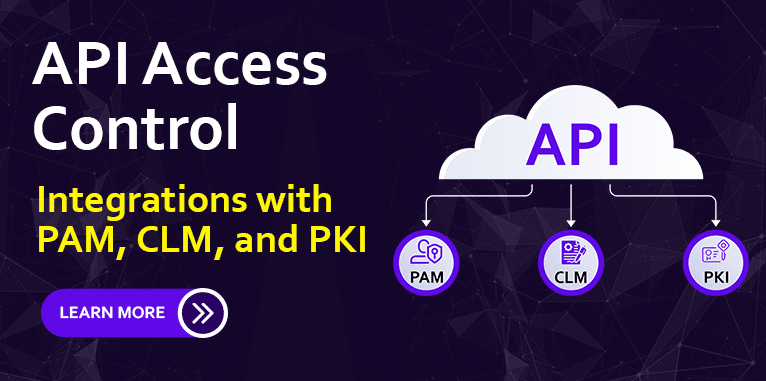

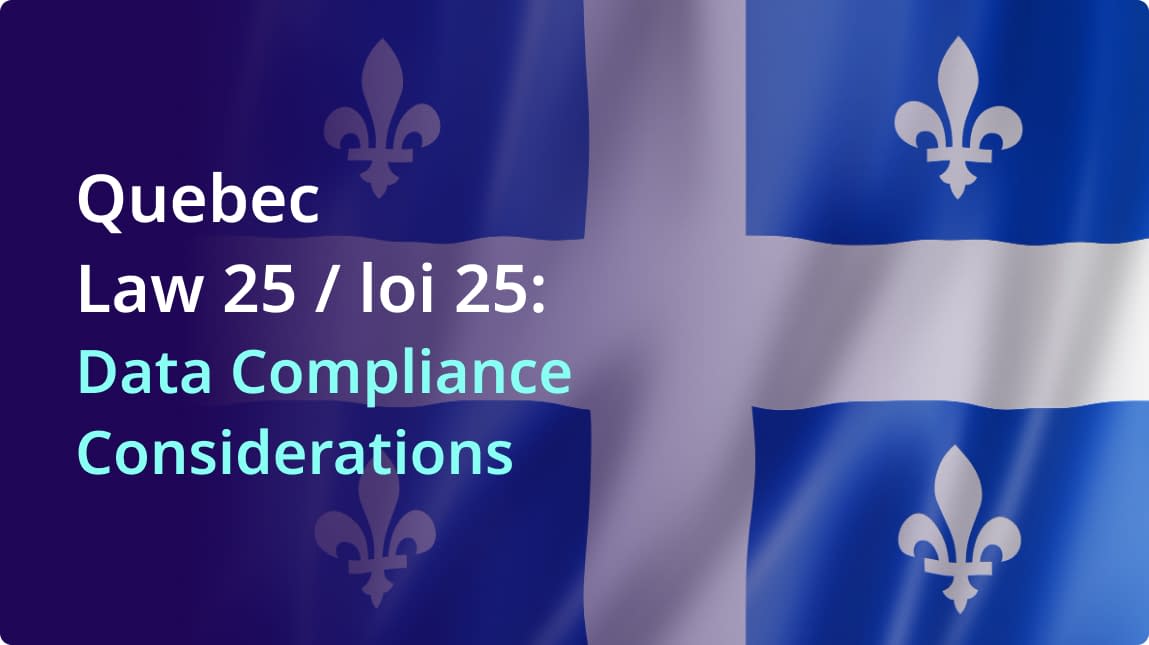
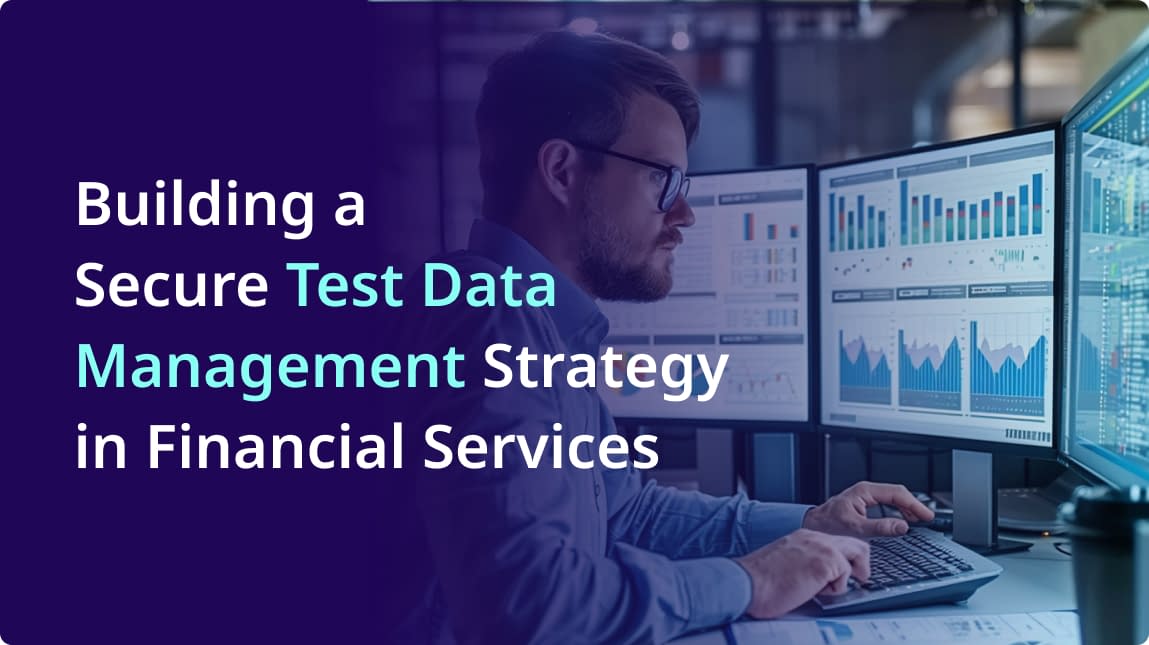
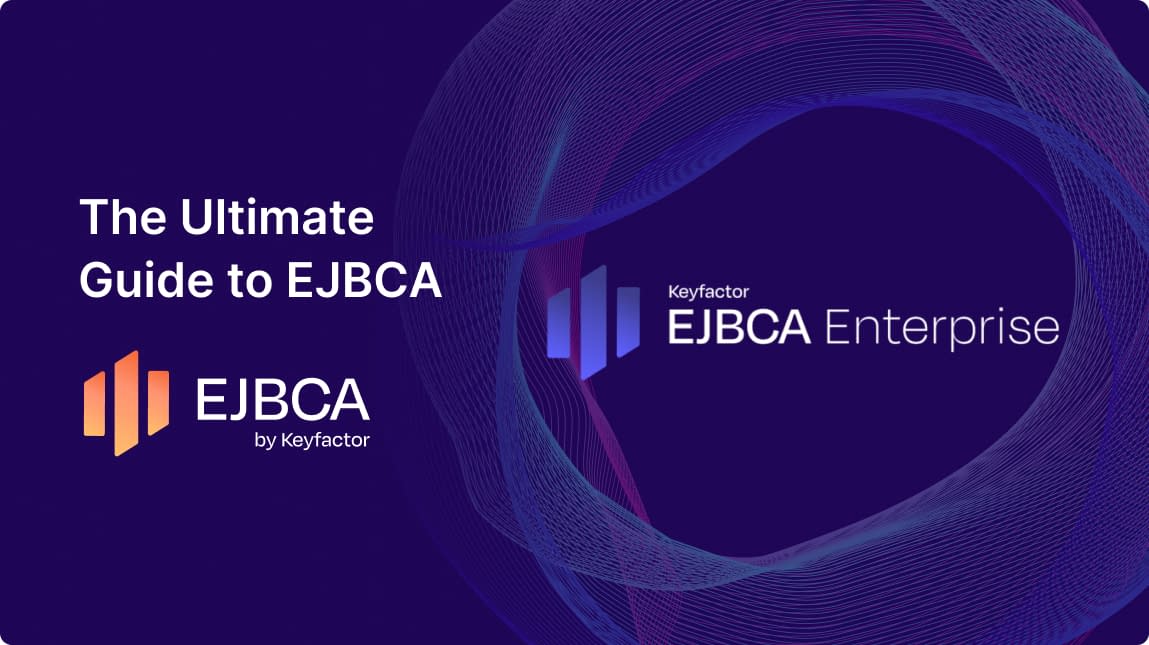
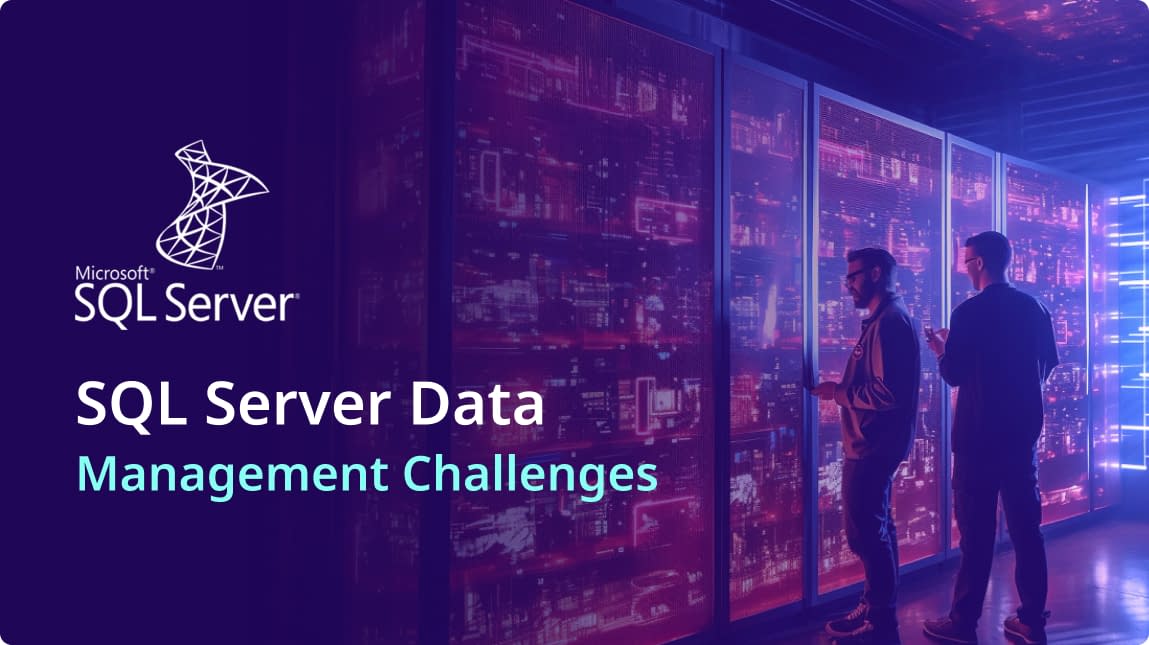
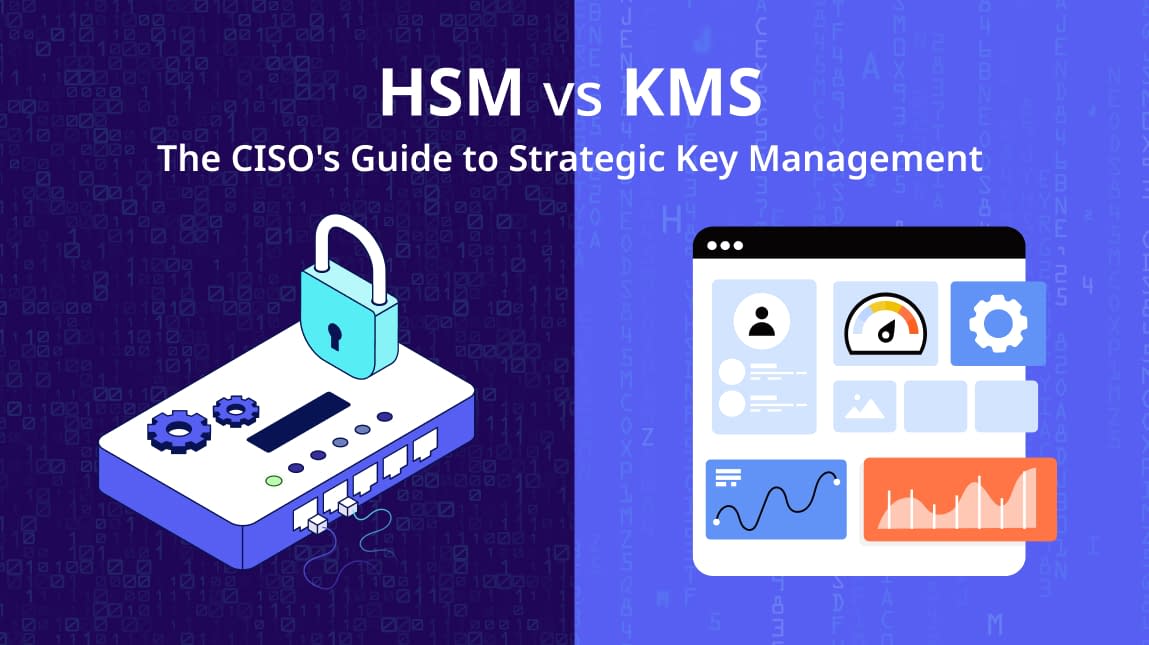



Comment